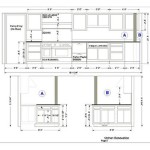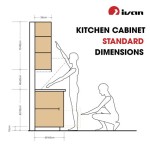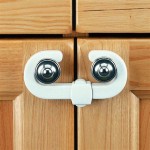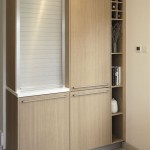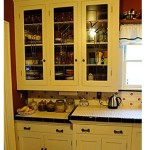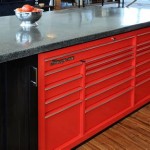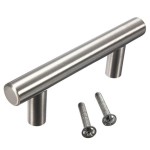Defining the Art of Painting Kitchen Cabinets
Painting kitchen cabinets can elevate the entire look and feel of a kitchen, giving it a fresh and updated aesthetic. It is an affordable and relatively simple project that can transform the heart of your home, making it more inviting and stylish. However, to achieve a professional-looking and durable finish, several essential aspects must be considered during the painting process.
In this article, we will delve into these critical aspects, providing you with comprehensive guidelines to ensure your kitchen cabinet painting project is a success. From preparation to technique and finishes, we will explore the key elements that will guide you to a stunning and long-lasting result.
Essential Aspects of Painting Kitchen Cabinets
1. Preparation
Proper preparation is paramount for a successful painting job. It involves thoroughly cleaning the cabinets to remove dirt, grease, and debris. Next, sand the cabinets lightly with fine-grit sandpaper to create a smooth surface for paint adhesion. Finally, apply a primer to seal the wood and provide a base for the paint.
2. Technique
Choosing the right painting technique is crucial. For a smooth, even finish, use a paint sprayer. However, if you prefer a more traditional approach, apply thin, even coats of paint using a brush or roller. Allow ample drying time between coats to prevent runs and drips.
3. Choice of Paint
Selecting the right paint is essential for durability and aesthetics. Opt for high-quality cabinet-specific paint designed to withstand wear and tear. Choose a finish that complements the style of your kitchen, such as semi-gloss for a modern look or satin for a more traditional feel.
4. Hardware
Hardware, such as knobs and handles, can significantly enhance the overall look of your painted cabinets. Consider replacing old hardware with new pieces that align with your desired style. Ensure they are properly installed to prevent loose or misaligned fixtures.
5. Protection
Once the paint has dried, protect your cabinets from scratches and wear by applying a clear finish. This can be a polyurethane varnish or a durable topcoat specifically designed for kitchen cabinets. The protective layer will extend the life of your paint job and maintain its pristine appearance.
6. Ventilation
Painting involves the use of chemicals, so proper ventilation is essential. Open windows and doors during the painting process and allow ample time for the paint to dry before occupying the space. This will prevent fumes from accumulating and ensure a safe environment.
Conclusion
Painting kitchen cabinets is a rewarding project that can revitalize your kitchen. By following these essential aspects, you can achieve a stunning and durable finish that will enhance the aesthetics and functionality of your home. Remember to take your time, prepare thoroughly, and choose high-quality materials to ensure a successful outcome.

7 Expert Tips For Flawless Kitchen Cabinet Painting

How To Paint Kitchen Cabinets Best Color Ideas Cost

Should I Paint My Kitchen Cabinets Lily Ann

Pro Tips For Painting Cabinets In Your Home Paintzen

Before After Grey Kitchen Makeover Diy Cabinets Remodel Small

Durable Kitchen Cabinet Painting 10 Year Warranty Columbus Oh

Painted Kitchen Cabinets One Year Later The Palette Muse

How To Paint Kitchen Cabinets

Step By How To Paint Your Kitchen Cabinets

Should I Paint Or Refinish My Kitchen Cabinets
Related Posts

